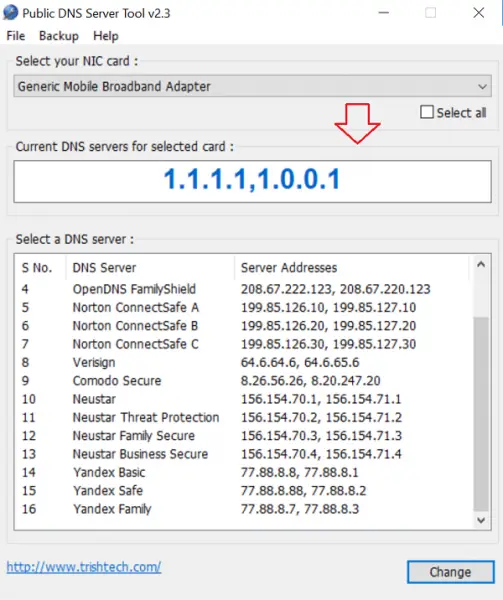

Record the values for Certificate issued to and Issuer. In EAP Types, click Microsoft: Protected EAP (PEAP), and click Edit. Right-click Virtual Private Network (VPN) Connections, and click Properties.Ĭlick the Constraints tab, and click Authentication Methods.

In the NPS console, under Policies, click Network Policies. On your NPS server, open Network Policy Server.

Record NPS certificate settingsīefore creating the template, take note the hostname or fully qualified domain name (FQDN) of the NPS server from the server's certificate and the name of the CA that issued the certificate. After creating the template VPN profile, you use Windows PowerShell to consume the EAPConfiguration portion from that template to create the final ProfileXML that you deploy later in the deployment.
#F5 VPN CLIENT WINDOWS 10 DNS HOW TO#
Instead of describing how to create the XML markup from scratch, you use Settings in Windows to create a template VPN profile. Unlike a simple user name and password, this connection requires a unique EAPConfiguration section in the VPN profile to work. In this step, you use Protected Extensible Authentication Protocol (PEAP) to secure communication between the client and the server. Manually create a template connection profile The easiest way to create the XML markup is to configure a VPN client with its EAP settings, and then export that configuration to XML.įor more information about EAP settings, see EAP configuration. You can use simple tags to configure some VPN authentication mechanisms. Triggering: Always On and Trusted Network DetectionĪuthentication: PEAP-TLS with TPM-protected user certificates Name resolution: Domain Name Information List and DNS suffix For additional tag placement, see the ProfileXML schema.Īny other combination of upper or lower case for 'true' in the following tags results in a partial configuration of the VPN profile: You configure each setting in a specific tag within the ProfileXML schema, and not all of them are found under the native profile. For more information, see ProfileXML XSD.īelow you find each of the required settings and its corresponding ProfileXML tag. To use the ProfileXML VPNv2 CSP setting, you construct XML by using the ProfileXML schema to configure the tags necessary for the simple deployment scenario. When you create a new instance of that WMI class, WMI uses the CSP to create the VPN profile when using Windows PowerShell and Configuration Manager.Įven though these configuration methods differ, both require a properly formatted XML VPN profile.

The second method of configuring the ProfileXML CSP node is to use the WMI-to-CSP bridge-a WMI class called MDM_VPNv2_01-that can access the VPNv2 CSP and the ProfileXML node. Windows Management Instrumentation (WMI)-to-CSP bridge. Using this method, you can easily insert the VPN profile configuration XML markup into the ProfileXML CSP node when using Intune. One way is to use an MDM provider using OMA-DM, as discussed earlier in the section VPNv2 CSP nodes. There are two ways to configure the ProfileXML VPNv2 CSP node in this deployment: You use ProfileXML in all the delivery methods this deployment describes, including Windows PowerShell, Microsoft Endpoint Configuration Manager, and Intune. The ProfileXML schema matches the schema of the VPNv2 CSP nodes almost identically, but some terms are slightly different. Rather than configuring each VPNv2 CSP node individually-such as triggers, route lists, and authentication protocols-use this node to configure a Windows 10 VPN client by delivering all the settings as a single XML block to a single CSP node. ProfileXML is a URI node within the VPNv2 CSP. Either folder redirection must be disabled for %appdata%, or the auto-triggered VPN profile must be deployed in system context, to change the path in which the rasphone.pbk file is stored. Auto-triggered VPN connections will not work if folder redirection for %appdata% (C:\Users\username\AppData\Roaming) is enabled.


 0 kommentar(er)
0 kommentar(er)
